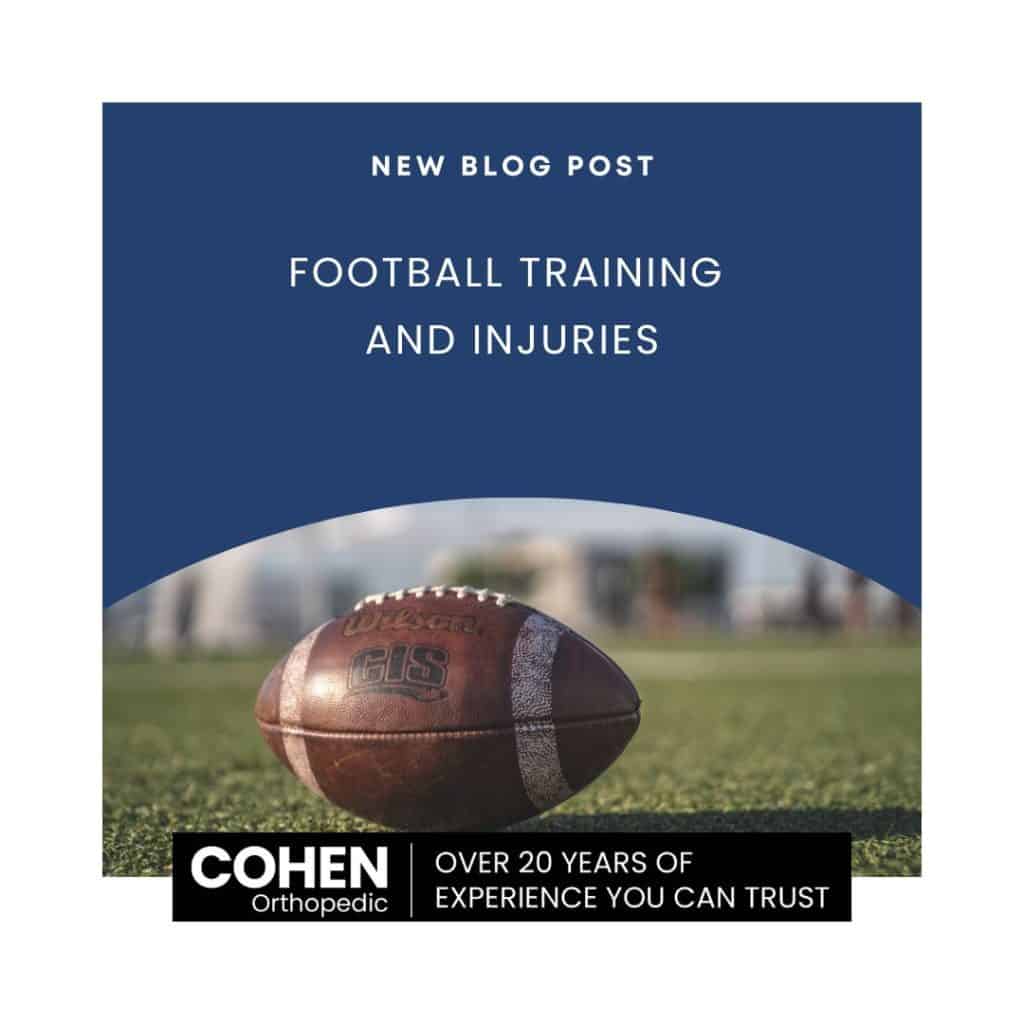Football Injuries and Training: Balancing Performance and Prevention

Football is a sport that demands agility, strength, and endurance. With its high-intensity nature and frequent physical contact, it’s no surprise that injuries are a common issue. However, a well-structured training regimen can significantly reduce the risk of injuries and enhance overall performance. In this blog, we’ll delve into the types of injuries common in football and how targeted training can both prevent and address these issues.
Common Football Injuries
- Ankle Sprains: One of the most frequent injuries, ankle sprains occur when players make sudden, awkward movements or land incorrectly. They can range from mild to severe, requiring weeks of recovery.
- Hamstring Strains: These are common among players who engage in sprinting or sudden acceleration. The hamstring muscles, located at the back of the thigh, are prone to strains when they’re overstretched or overused.
- Knee Injuries: Football players are vulnerable to various knee injuries, including ACL (anterior cruciate ligament) tears, meniscus tears, and patellar tendinitis. These injuries often result from high-impact collisions or rapid directional changes.
- Groin Strains: The groin muscles are crucial for movements such as kicking and changing direction. Overuse or sudden movements can lead to strains, which can be particularly troublesome for players.
- Shoulder Injuries: Although less common, shoulder injuries can occur due to falls, tackles, or collisions. Injuries such as dislocations and rotator cuff tears are possible in football.
Preventive Training Strategies
- Warm-Up and Cool-Down: A comprehensive warm-up increases blood flow to muscles, preparing them for the physical demands of a match. Similarly, a cool-down helps in muscle recovery and reduces stiffness. Both are crucial for injury prevention.
- Strength Training: Building strength in key muscle groups can help protect against injuries. Focus on exercises that strengthen the core, legs, and upper body. For instance, squats and lunges can help with leg strength, while planks and Russian twists can enhance core stability.
- Flexibility and Mobility: Incorporate stretching and mobility exercises into your routine. Flexibility improves range of motion and reduces the risk of strains. Dynamic stretches before exercise and static stretches afterward are effective.
- Balance and Stability Exercises: Training exercises that improve balance and stability can help prevent injuries related to falls or sudden changes in direction. Using balance boards or performing single-leg exercises can be beneficial.
- Proper Technique: Coaching players on proper techniques for tackling, jumping, and landing can reduce injury risk. Emphasizing correct form in all movements is key to preventing injuries.
- Recovery and Rest: Allowing time for recovery is essential for preventing overuse injuries. Adequate rest, proper hydration, and nutrition support the body’s healing processes.
- Injury Prevention Programs: Many football teams incorporate specific injury prevention programs that include exercises designed to address common vulnerabilities. These programs are often based on research and tailored to the needs of the players.
Rehabilitation and Recovery
When injuries do occur, a structured rehabilitation process is vital. Here’s what it typically involves:
- Initial Care: For acute injuries, the R.I.C.E. method (Rest, Ice, Compression, Elevation) is commonly recommended. This helps manage swelling and pain in the early stages.
- Physical Therapy: Engaging in physical therapy can accelerate recovery. A physical therapist will design a program to restore strength, flexibility, and function.
- Gradual Return to Play: Returning to football should be gradual. Start with low-intensity activities and progressively increase the intensity as tolerated. Full participation should only resume once the injury has fully healed and strength has been restored.
- Mental Aspect: Injury recovery also has a psychological component. Supporting players through the emotional aspects of injury, such as frustration and anxiety, is crucial for a successful return to the game.
Conclusion
In football, injuries are an inevitable part of the sport, but their impact can be significantly mitigated through effective training and preventative measures. By focusing on a balanced approach that includes proper warm-ups, strength and flexibility training, and careful attention to technique and recovery, players can enhance their performance while reducing the risk of injuries. Remember, staying injury-free is not just about physical preparation but also about fostering a positive mindset and resilience throughout the recovery process. With the right strategies, footballers can enjoy a long, successful career on the pitch, minimizing downtime and maximizing their potential.










